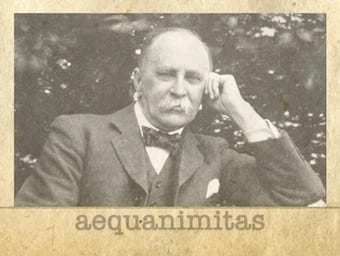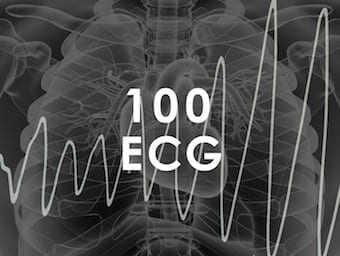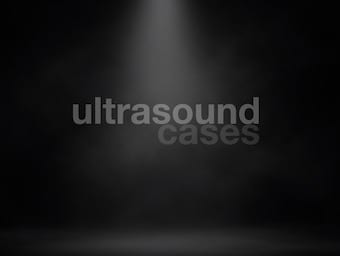
Echo of the widow Dimanche
The registrar stood open-mouthed next to the professor. Before them was a twisted unicorn's horn, an echo of that owned by the widow Dimanche, who sold water-cress in the streets of Paris. The patient was unmoved.

The registrar stood open-mouthed next to the professor. Before them was a twisted unicorn's horn, an echo of that owned by the widow Dimanche, who sold water-cress in the streets of Paris. The patient was unmoved.

Previously well 70 year old man presents to peripheral hospital with central chest pain and diaphoresis. Describe and interpret this ECG. LITFL Top 100 ECG

A 37 year old woman presents to the ED with a week long history of a tender rash on the lower limbs and feeling non-specifically unwell. There is no history of trauma.

Just when you thought your brain could unwind on a Friday, you realise that it would rather be challenged with some good old fashioned medical trivia FFFF, introducing the Funtabulously Frivolous Friday Five 186

Glenn Colquhoun writes poetry on some of the days he doesn't want to be a doctor. His book '‘Playing God’' is well worth reading and includes 'When I Am In Doubt - A Poem for Surgeons'

A previously well 56 year old presents after a flight. She has had some fleeting chest discomfort and some mild shortness of breath.

Paul Louis Duroziez (1826 - 1897) was a French general practitioner, eponymous with Duroziez sign (1861) and Duroziez disease (1877).

Bushy tailed and bright-eyed, I found myself a seat at the trauma review precourse at USC Essentials of emergency medicine in San Francisco. Beneath the vent of an overenthusiastic air conditioning system I soon stopped shivering as profound hypothermia took an insidious hold.

Nightshift, ICU and one of your post-op cardiac patients is showing some worrying Post-op Pacing Puzzler Possible Wenckebach Mobitz 1
Emergency Medicine Ultrasound Groups (EMUGs) is a diverse group of Point-Of-Care Ultrasound (POCUS) enthusiasts and advocates who strongly believe that the utilisation of clinician performed POCUS in the Emergency Department improves care, optimises management and saves lives.

Guest post by Dr Peter Hutchinson, Professor of Neurosurgery; Dr Angelos Kolias, Clinical Lecturer in Neurosurgery; and Dr David Menon, Professor of Anaesthesia – all at the University of Cambridge and Addenbrooke’s Hospital, Cambridge, UK. It is a response to the recent…

Funtabulously Frivolous Friday Five 185 - Just when you thought your brain could unwind on a Friday, some medical trivia FFFF.